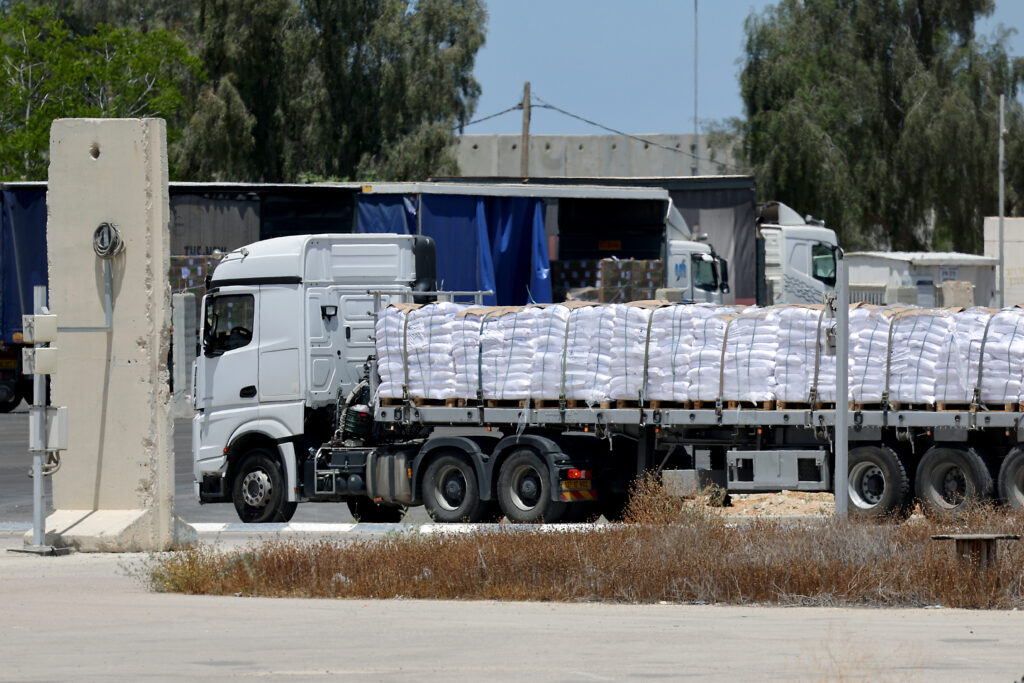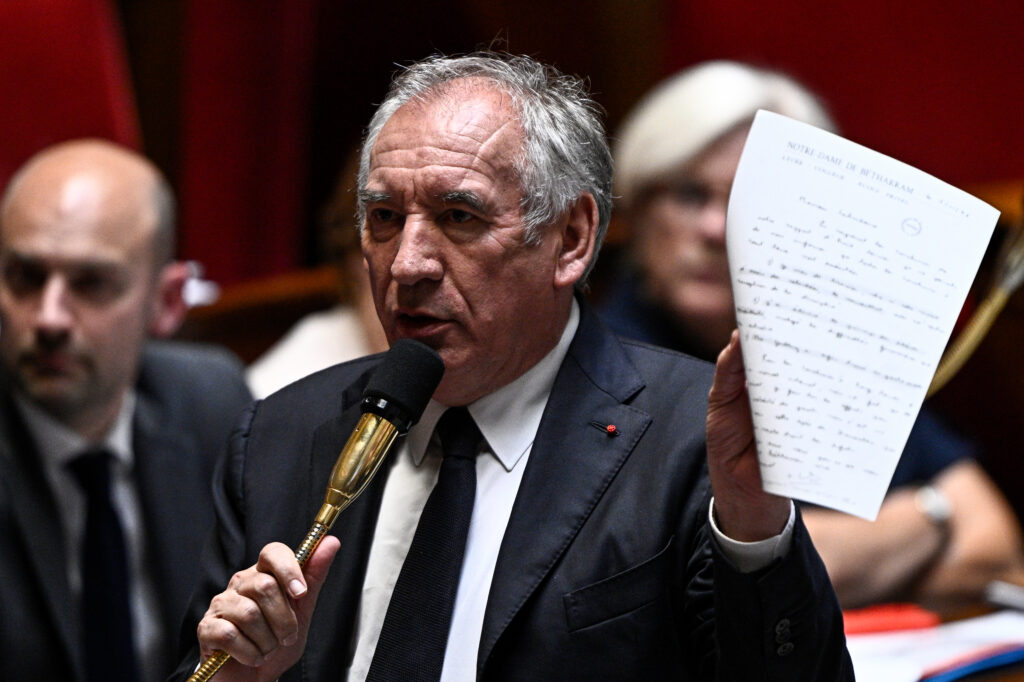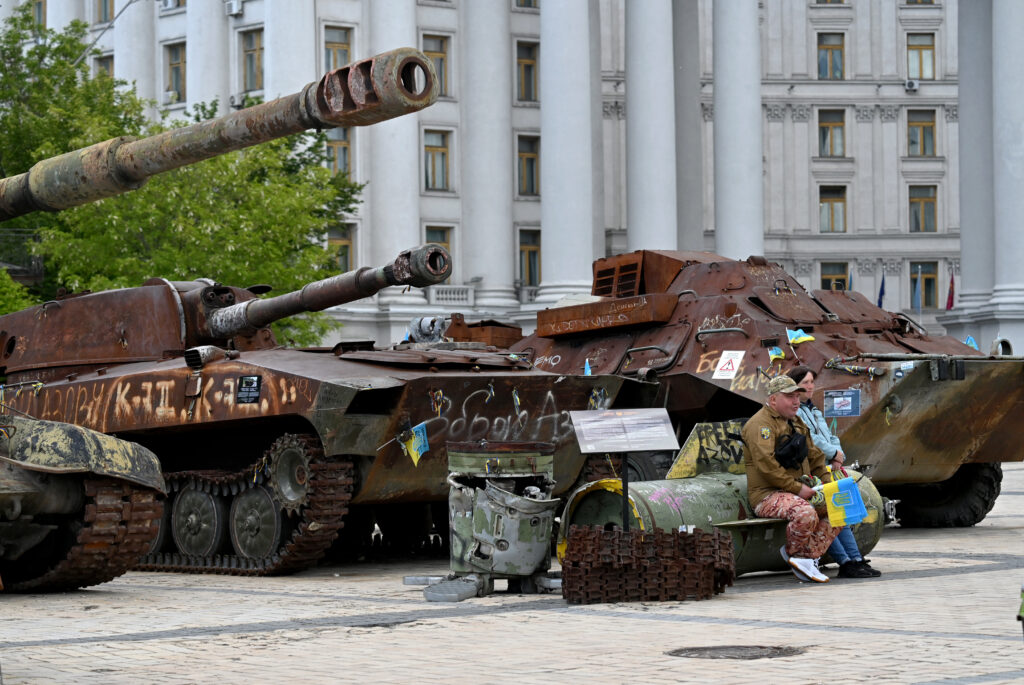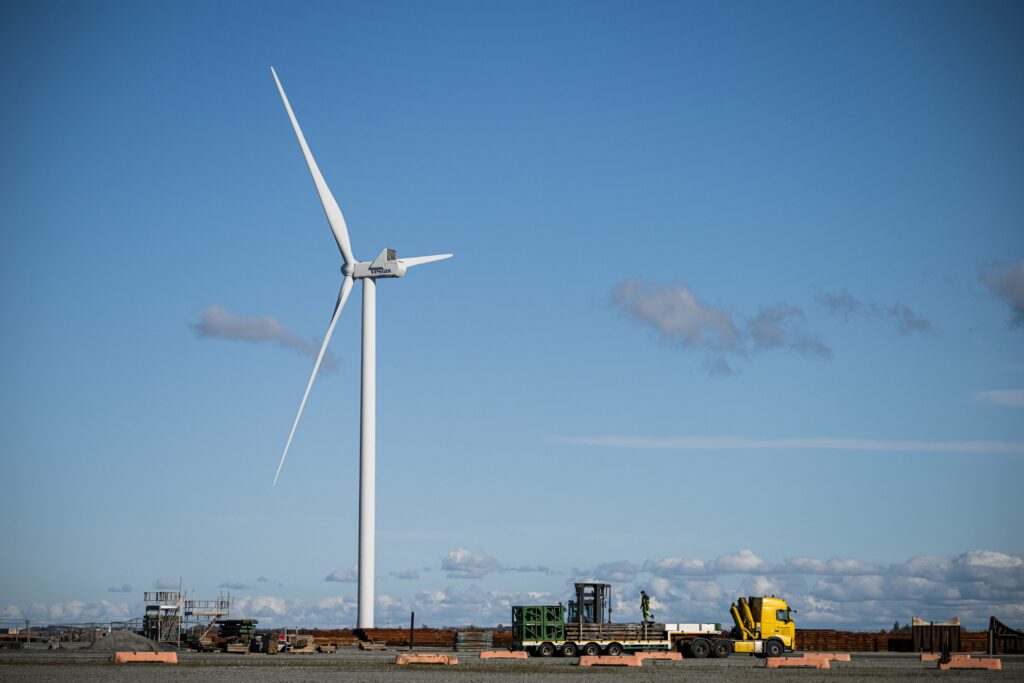Israël rejette les pressions contre sa guerre à Gaza, coup de semonce de l’UE
Israël a affirmé mardi qu’il ne céderait pas aux pressions internationales pour faire cesser sa guerre dans la bande de Gaza, après l’annonce par Londres et l’Union européenne de mesures de rétorsion. Dans le territoire palestinien affamé et dévasté par plus de 19 mois de guerre, la Défense civile de Gaza a fait état d’au moins 44 morts, la plupart des enfants et des femmes, dans les frappes israéliennes.Après avoir bloqué depuis le 2 mars le passage de toute aide humanitaire vitale pour la population de Gaza, Israël a annoncé que 93 camions de l’ONU y étaient entrés mardi après neuf camions la veille. Face à la situation humanitaire catastrophique et l’intensification des opérations militaires israéliennes à Gaza, de nombreux pays européens ont accentué la pression.L’Union européenne va lancer un réexamen de son accord d’association avec Israël, a annoncé sa cheffe de la diplomatie, Kaja Kallas, faisant état d’une “forte majorité” d’Etats membres en faveur de cette mesure. Le Royaume-Uni a dit qu’il suspendait les négociations avec Israël sur un accord de libre-échange.”Les pressions extérieures ne détourneront pas Israël de sa voie pour défendre son existence et sa sécurité”, ont prévenu les Affaires étrangères israéliennes, réagissant à l’annonce de Londres. A l’entrée des premiers camions lundi depuis le 2 mars, l’ONU a fustigé une “goutte d’eau dans l’océan”, alors que 22 pays ont exigé d’Israël une “reprise complète de l’aide, immédiatement”.- “Immenses souffrances” -Le gouvernement de Benjamin Netanyahu a annoncé lundi son intention de prendre le contrôle de toute la bande de Gaza, après l’intensification de la campagne militaire israélienne dans le but affiché d’anéantir le Hamas et de récupérer les otages israéliens. Ces derniers ont été enlevés lors de l’attaque menée le 7 octobre 2023 par des commandos du mouvement islamiste palestinien Hamas infiltrés depuis la bande de Gaza voisine, qui a déclenché la guerre.Dans une station-service de Nousseirat (centre), où un bombardement a tué 15 personnes selon les secours, Mahmoud al-Louh transporte dans un sac des restes humains jusqu’à un véhicule. “Ce sont des civils, des enfants qui dormaient. Quelle était leur faute?””Cela fait un an et demi de bombardements et d’immenses souffrances. Nous n’en pouvons plus”, se lamente à Gaza-ville (nord) Douaa Al-Zaanin, qui a perdu des proches dans une frappe sur une école abritant des déplacés. L’armée israélienne a déclaré avoir “frappé un terroriste du Hamas” opérant dans cette école et affirmé avoir frappé plus de “100 cibles terroristes” à Gaza ces dernières 24 heures.- Israël rappelle ses chefs négociateurs -“Nous prendrons le contrôle de tout le territoire”, a affirmé lundi Benjamin Netanyahu.Il a attribué son feu vert à une reprise limitée des livraisons d’aide à des “raisons diplomatiques” pour éviter des “images de famine de masse” risquant de saper le soutien de “pays amis”. Il s’est dans le même temps dit ouvert à un accord incluant la fin de l’offensive, mais sous condition de l'”exil” du Hamas et du “désarmement” du territoire.Le Hamas, qui a pris le pouvoir à Gaza en 2007, rejette de telles exigences. Signe du blocage, Israël a annoncé le rappel de ses chefs négociateurs envoyés à Doha, y laissant une équipe, après que le médiateur qatari a déploré l’absence de progrès. Israël a accepté une “proposition américaine pour le retour des otages” qui a “été transmise au Hamas par les médiateurs” (Egypte et Qatar), mais “le Hamas campe sur son refus”, a indiqué le bureau de M. Netanyahu sans détailler cette proposition.- “Moralement injustifiable” – Lundi, Londres, Paris et Ottawa ont averti qu’ils ne resteraient “pas les bras croisés” face aux “actions scandaleuses” d’Israël à Gaza.L’escalade de l’offensive est “moralement injustifiable, totalement disproportionnée et contre-productive”, a fustigé le chef de la diplomatie britannique David Lammy. Faute d’amélioration de la situation des civils à Gaza, “nous devons hausser le ton”, a affirmé la Suède. Dans le territoire palestinien, “deux millions” de personnes sont “affamées” alors que des “tonnes de nourriture sont bloquées à la frontière”, a déploré l’Organisation mondiale de la santé. L’attaque du 7-Octobre a entraîné la mort de 1.218 personnes côté israélien, en majorité des civils, selon un décompte de l’AFP à partir de données officielles. Sur les 251 personnes alors enlevées, 57 restent retenues à Gaza, dont 34 déclarées mortes par l’armée.La campagne de représailles israéliennes a fait au moins 53.573 morts à Gaza, majoritairement des civils, selon des données du ministère de la Santé du Hamas, jugées fiables par l’ONU.









